Houseplants are easy to maintain and add decoration value to your home. Philodendrons are houseplants that are available in different options.
You can choose your philodendron from the variety of philodendrons available in the market. Different textures, colors, shapes, and sizes make them a favorite option for many people.
How do you revive a dying philodendron?
Philodendrons need proper environmental conditions. The temperature, sunlight, water, moisture, soil, fertilizers, and the pot in which the plants are kept are the most important ones. You can revive them by regulating these factors according to the need of that specific type of philodendron.
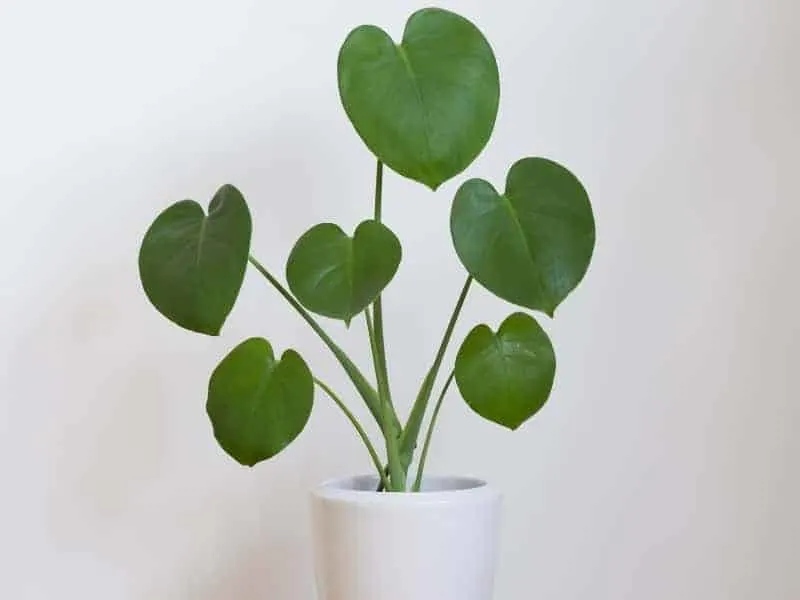
The most common reasons for philodendron dying
Plants require a lot of care and attention for their proper development. You have to make the environment around them suitable according to their specific needs.
Philodendrons are flowering plants that need water, sunlight, moisture, etc., in the perfect amount. Otherwise, these plants can wear off, and the leaves may fall out as well.
The most common reasons for philodendron dying are an abundance of water, scarcity of water or, shortage of drainage system, excess sunlight, varying humidity level, low-temperature effects, etc.
Often various bugs and insects can also affect your philodendron and cause various diseases. It can also lead your plant to lose life if not treated in time.
How to revive a philodendron:
Philodendron leaves dying:
Philodendron leaves can fall off due to excess water or a shortage of proper drainage systems in the pot. If your plant soil is wet or soggy, it can affect the leaves, and they may fall off.
Water your plant an adequate amount and check the quality of the soil to fix this problem. The soil absorption content of water needs to be regulated. If your philodendron leaves are dying due to soggy soil, change them to fresh ones for better results.
You can also change your plant pot and place it on another pot with better drainage of water. Then the soil will not become soggy and affect the roots.
Philodendron root rot:
Philodendron root rot is the cause of water issues. These plants do not need a lot of water to grow and develop. The water requirement of philodendrons is different in different stages.
If your philodendron roots rot, you have to change the pot and trim the infected parts of the plants. If you do not do this trimming or propagating, then it might not survive.
You can wash the roots and treat them with a fungicide before placing them in a new pot mix. In this way, it will bring back to life the essence of the root and help it survive again in the new soil.
Philodendron dying after transplant:
You can also replant your plants to a better place or pot without trying to fix any problem. If your philodendron is dying after you transplant it, it is maybe you did not do it properly.
Transplanting requires a lot of moderation and adaptation. So you have to prepare your plant before placing it in another pot. Water it less after the transplantation to check the absorption rate of the soil.
To keep it alive in the new environment, check and arrange the placement of the pot in a similar environmental location as before. Keep your philodendron in inadequate light and water it according to its needs.
Overwatered/underwatered Philodendron:
Philodendrons do not require a lot of water. Their need for water for growth and survival is different in different seasons. To care for them, water them the most in its first month.
For the first month, water them one time after every five days a week. And then decrease the amount to one time every seven days. Decrease the amount of watering as they grow up.
But they need more water in the summer in a hot region. And they do not need it even for a month in winter.
Underwatered philodendrons need revival by transplanting to a better environment. Water it well before replacing it and wait for a week after you transplant it to water it.
Philodendron new growth dying:
New growing philodendron plants need the most water in their whole development phase. And these are to be taken extra care of if they are in a hot region.
If your new philodendron is dying, it might not be getting enough water and light or more of them.
Do not water them for more than one time, five days every week during the first four weeks of its planting. For the next month or four weeks, feed it with water one time every seven days.
Do not expose it to scorching light, and do not place it in a damp place.
Philodendron in water dying:
Philodendrons can grow in water. They can grow roots in water and survive in it.
The water in which you are planting your philodendron must be clean and free of chlorine. If it is dying in the water, check the chlorine level of the water. Keep the water outside for a night for the dissipation of the chlorine.
To save the plants and help them form roots in the first place, cut the stem of the plant and place it in clean water. Keep changing the water after every two or three days till the first ten days.
Common reasons for dying and how to revive these philodendron species?
Philodendron Birkin:
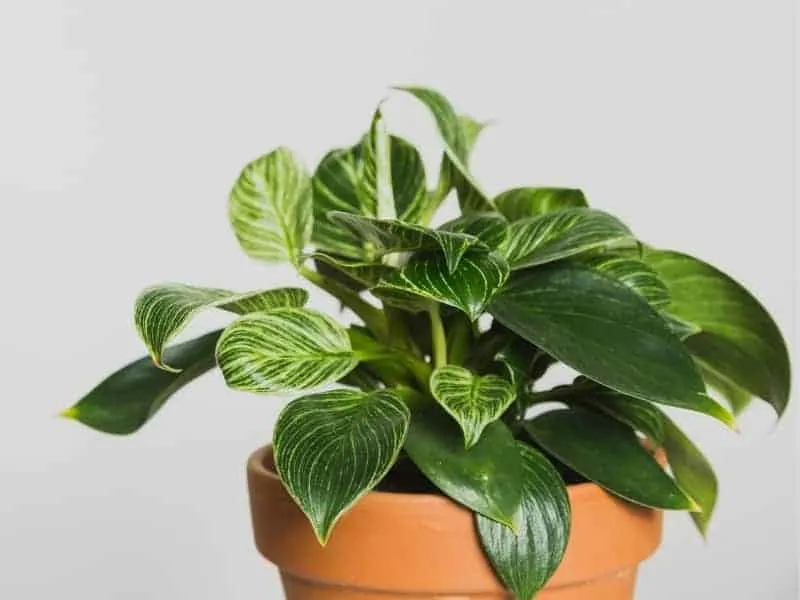
Philodendron Birkin can wither due to lack of proper watering and availability of humidity.
If you overwater or underwater these plants, their leaves can wilt. Underwatering causes the leaves to become dry, and overwatering causes the leaves to become soft and wilt.
During winter, there can be less humidity and more dry air. It causes these plants to lose life as well.
Water them according to their needs. Transplant the plants to another pot with the proper kind of soil if needed. And to avoid the humidity issue, try to mist the leaves or bath them with lukewarm water. You can also use a tray and pebbles to moist them.
Philodendron Micans:

You have to take a close look at the leaves of Philodendron Micans. The common reasons for these plants dying are watering and light issues.
Their leaves turn yellow in the absence of proper sunlight. The tip of the leaves can curl and turn brown due to a lack of water and sunlight. Spider mites can also speed the withering of Micans.
They do not grow well if they do not get enough calcium and magnesium. To save these plants, you have to provide them with ample light but not direct sunlight.
Water the plants and propagate them if needed. Natural fertilizers will help in the proper intake of minerals by these plants and save them from fungal infections.
Philodendron Selloum/ split-leaf philodendron:
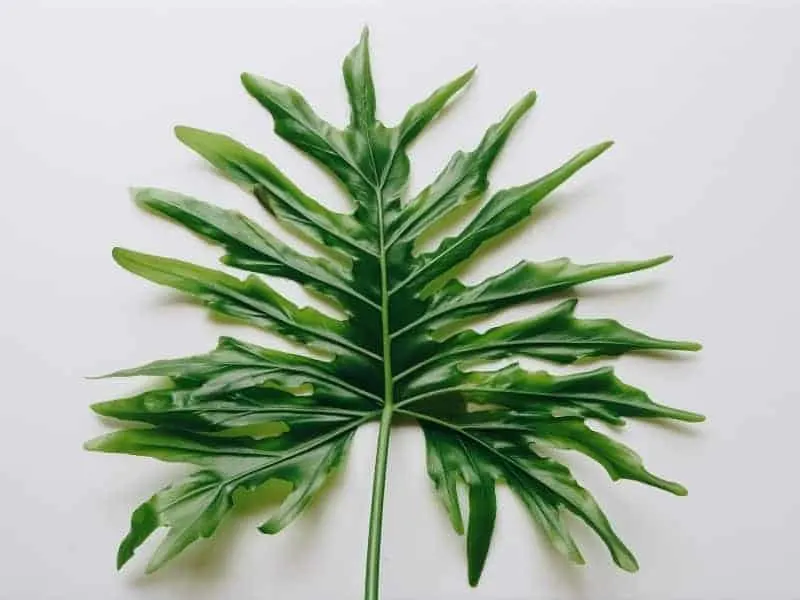
These beautiful indoor plants are stylish and bright. They grow well in indirect light and regular watering.
Dehydration and excess light might terminate your Philodendron Selloum. Also, excess moisture on the soil makes it worse.
To save your plant from these adverse effects, follow some precautions to place it carefully.
Avoid direct light and keep it under indirect light. You can keep your Selloum in the shade of a curtain. But make sure the soil is not too wet or too dry. Water it regularly.
Control the temperature conditions to save your Philodendron Selloum. Set it in a safe place, and your plant will be alright. Check the soil for the proper moisture content.
Philodendron Xanadu:
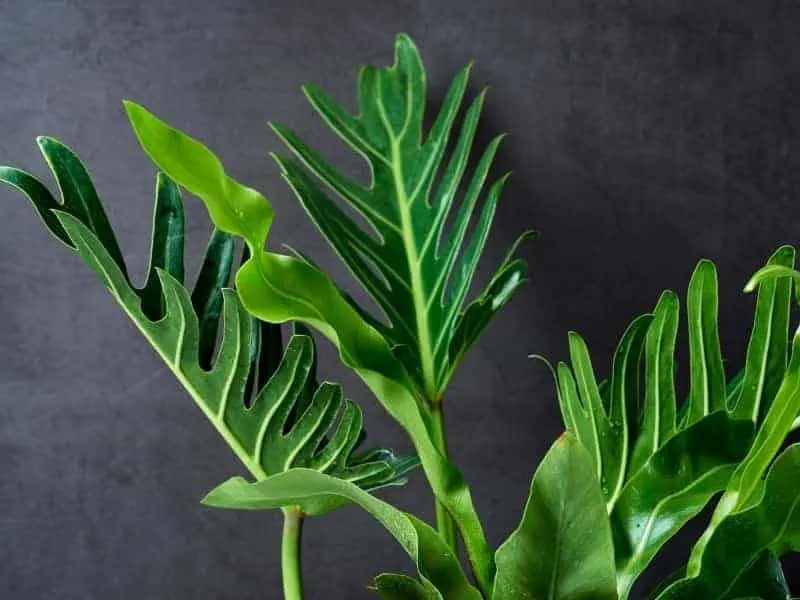
Philodendron Xanadu leaves can turn yellow and brown for some environmental conditions. Shortage of water in its roots and excessive sunlight are the main reasons.
If the leaves are turning yellow, keep them away from direct sunlight. When the roots do not get enough moisture, the leaves can turn brown. So water them at regular intervals. Do not take irregular gaps while watering them.
You can transplant your Xanadu to a new pot if you find the soil to dry and damaged roots. Remove the damaged leaves while transplanting. And make sure the transplanting tools are free of rust and disinfected.
Philodendron Brasil/ Heartleaf philodendron:
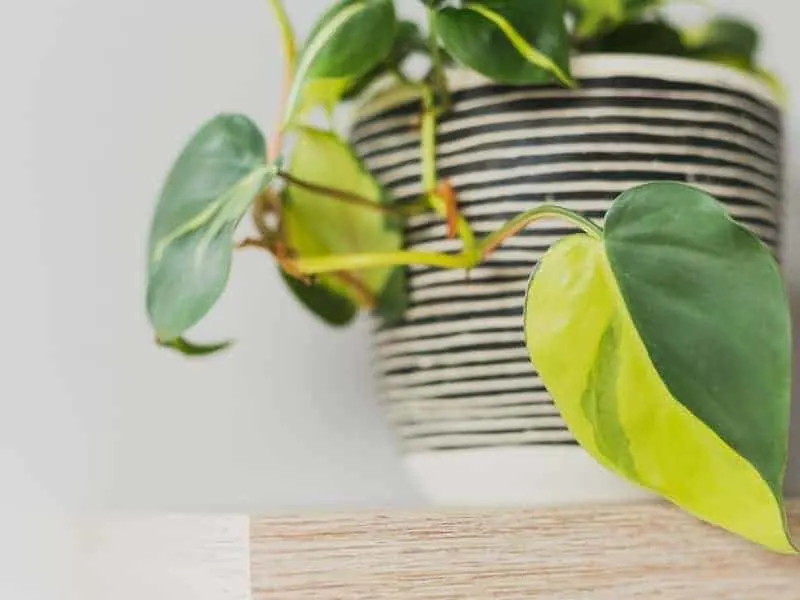
Philodendron Brasil can grow in water. The most common reason for these plants dying is dry soil. If the soil of these plants does not have enough moisture, then the plants can show symptoms of deterioration.
Moreover, it can grow mold in the soil if it gets excess water. That can also lead to harsh conditions in the plants.
To revive these plants, replace the soil with better quality soil that can drain and absorb water according to its requirements.
Then the roots will not rot and cause the plant to wither. You can also replace it with water as they grow well in it as well.
Philodendron Gloriosum:
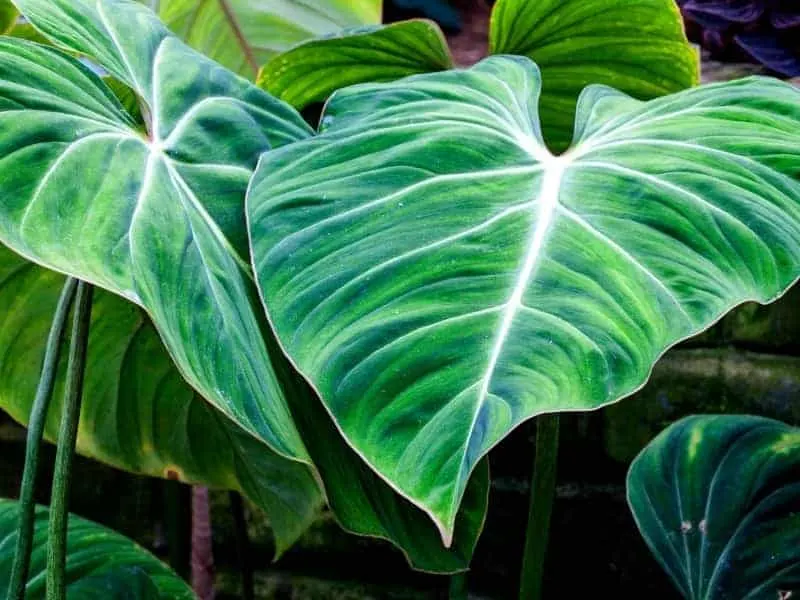
These plants are toxic for living beings. Their leaves can droop if they do not get enough water or excess water.
To revive this plant, water it once or twice a week. Do not forget to water it in time, and do not use excess water.
The roots can rot due to excess water. Direct sunlight can burn up these plants. So, keep these away from direct sunlight. To revive these plants or keep them healthy, keep them at the temperature of 65 degrees Fahrenheit to 75 degrees Fahrenheit.
You can change the soil to a better absorbing one with organic elements to revive your Glorisum. It will keep the plant healthy for a long time as well.
Will philodendron leaves grow back?
Philodendron leaves may fall off due to the yellowness of the leaves and stems. You have to keep in mind to prune or cut off the dried leaves to keep your plants safe and healthy.
Philodendron leaves grow back at an instant. You do not have to worry about the plant dying if you cut its leaves. If some disease or fungus infects your plant, just cut off those infectious leaves to save the rest of the plant.
You can also cut the leaves when they outgrow and become bushy. Just clean and disinfect the pruning equipment to keep your plants safe.
How to tell if a philodendron is overwatered?
Philodendrons need a limited amount of water. They can wither if you overwater them.
You can easily tell when a philodendron is overwatered. Some symptoms of overwatering are:
- The leaves turn yellow.
- Wilting of leaves occurs.
- The wilting results in soggy leaves that are soft.
- Various diseases are seen in the plants.
- The roots start to rot and become darker.
- Often, your plant stems can develop fungal mold.
- The soil of the plant smells sour.
- Water comes out of the soil when you take the soil out of the pot, etc.
Do Philodendrons lose life easily?
Philodendrons are ideal for tropical and hot regions. They are easy to plant and grow.
The environment around a philodendron needs to be suitable for its survival. And these plants survive well as indoor plants. They grow their leaves fast, and you can also grow them in water.
Philodendrons are versatile which they do not wither easily and can lose life easily. Overwatering or underwatering may cause their leaves to fall off and roots to rot. But these can be treated.
You can prune the wilted or infectious leaves to grow new ones. If the plants have a problem with the roots or soil, you can transplant them as well.
How long do philodendrons live?
Philodendrons are houseplants that can survive for a long time. Some say they can live a lifetime if you take care of them properly.
These plants do not have an actual life span. They live as long as the environmental conditions for them to live are there.
If philodendrons are affected by any disease, infection or environmental conditions, they show symptoms. As long as you notice these symptoms and deal with them, they live and revive nicely.
You can even transplant them for better growth and treatment. When your plant faces problems regarding the roots, leaves, etc., they are transplanted to a better environment to fix it.
Gardening is a hobby that refreshes the mind and keeps you healthy. Philodendrons are plants that are easy to deal with and useful for the environment.
These houseplants grow indoors and provide you with adequate oxygen and a natural environment. And they last a long time with proper caution and little care.
Frequently Asked Questions:
Can Philodendron Grow in Water?
Can Philodendron Grow Outside?
Do Philodendron Like to Be Root Bound?
